Recommendations for planting large soybean seed
Soybean seed quality is very good this year. Mechanical damage to the seed coats or embryos is very low because the seed was harvested at nearly ideal moisture levels. However, some of the seed is quite large at 2,100 to 2,400 seeds per pound. Seed size within a given variety can vary by as much as 20 percent and is determined by the environmental conditions occurring during the growing season. The abundant precipitation that occurred in August and early September favored the production of larger seed in 2016. For a given variety, the size of the seed planted does [...]
Plan and Soil Health: Identifying and correcting manganese deficiency in soybeans
Manganese deficiency is the most common nutrient deficiency seen in soybeans in Michigan. The manganese deficiency symptoms depicted in photos 1 and 2 are likely to occur on muck or dark-colored sands with pH levels above 5.8 and lakebed or out-wash soils having pH levels above 6.5. Lately, I’ve seen more situations where manganese deficiency symptoms are occurring on coarse-textured soils having low organic matter levels. In these cases, the soil pH was above 6.5 and in one field, the pH was 7.0. The high pH was the result of applying too much lime. Michigan State University Extension advises that [...]
Agronomy: Soybean Planting Depth Matters
Soybean seed is very sensitive to planting depth, so producers need to be careful and get their crop off to a good start. Planting depth surveys revealed that only 20 percent of the fields planted with drills were planted at or near the intended depth. An even bigger concern is that in 68 percent of the fields, the seed was planted too deep, a condition known to delay emergence. Under most conditions, soybeans should be planted between 1 and 1.5 inches deep. As a general rule, plant at the shallower end of the range under the following conditions: Early [...]
Disease Management – Manage White Mold Inoculum Now to Reduce Severity in Future Crops
This summer’s cool and wet weather created conditions favorable for the development of white mold. Consequently, the disease has infected soybean fields across the state. With careful management, growers can significantly reduce the amount of 2015 white mold inoculum that will be available to infect future susceptible crops grown in the infested fields. White mold inoculum is contained in small, black survival structures called sclerotia. The sclerotia are produced on and in the stems and pods of infected plants and resemble rat droppings. Sclerotia can germinate at the soil surface and up to a depth of 2 inches under [...]
Assessing water damage to emerged soybeans
Information to help soybean producers assess yield losses associated with ponded or waterlogged fields. Frequent and heavy rains have created waterlogged and ponded areas in many soybean fields in Michigan (Photo 1). The excess soil water is detrimental to soybeans for several reasons and affected producers need to know how to assess any yield reductions that may be associated with the flooded conditions. The following factors determine the level of yield loss: Duration of saturated soil conditions Daytime and nighttime temperatures Solar radiation Growth stage of soybeans Depth of water in relation to plants Moving water versus ponded water [...]
Diagnostics: New Information Regarding Soybean Planting Depth
This article originally appeared on Michigan State University’s Extension News and has been reposted with permission. Achieving the correct planting depth is more critical for soybean production than it is for corn production for several reasons. Soybean seed requires more water to germinate and soybean emergence is impeded to a greater extent when a soil crust develops. I thought I understood the concepts and recommendations related to soybean planting depth fairly well. In general, soybeans should be planted from 1 to 1.5 inches deep under most conditions and always placed into at least 0.5 inch of moist soil. Michigan State University Extension recommends [...]

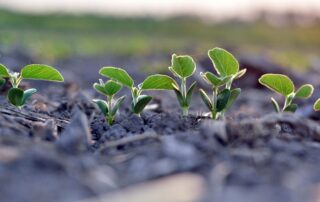
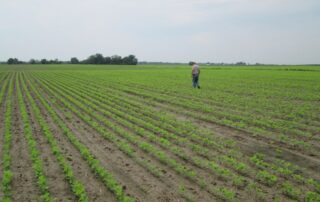
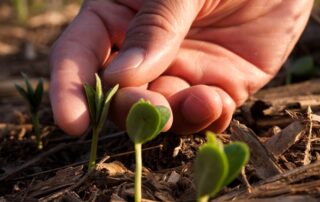
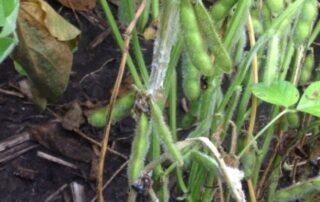
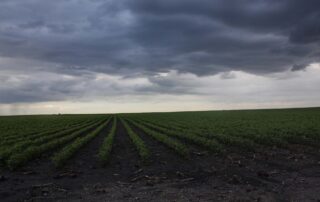
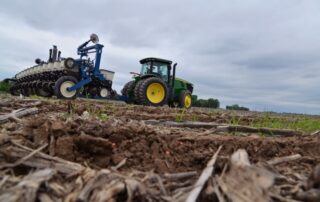

 and then
and then